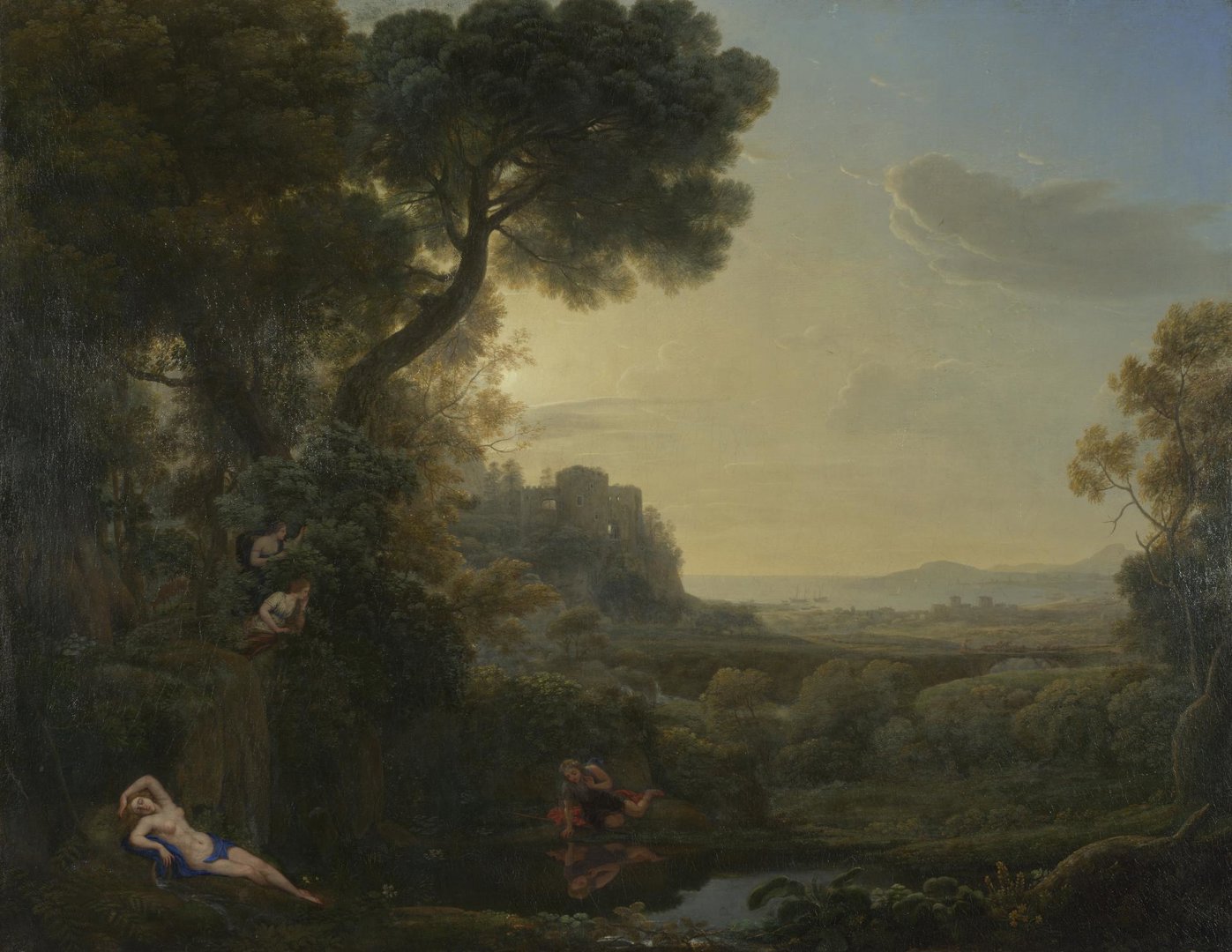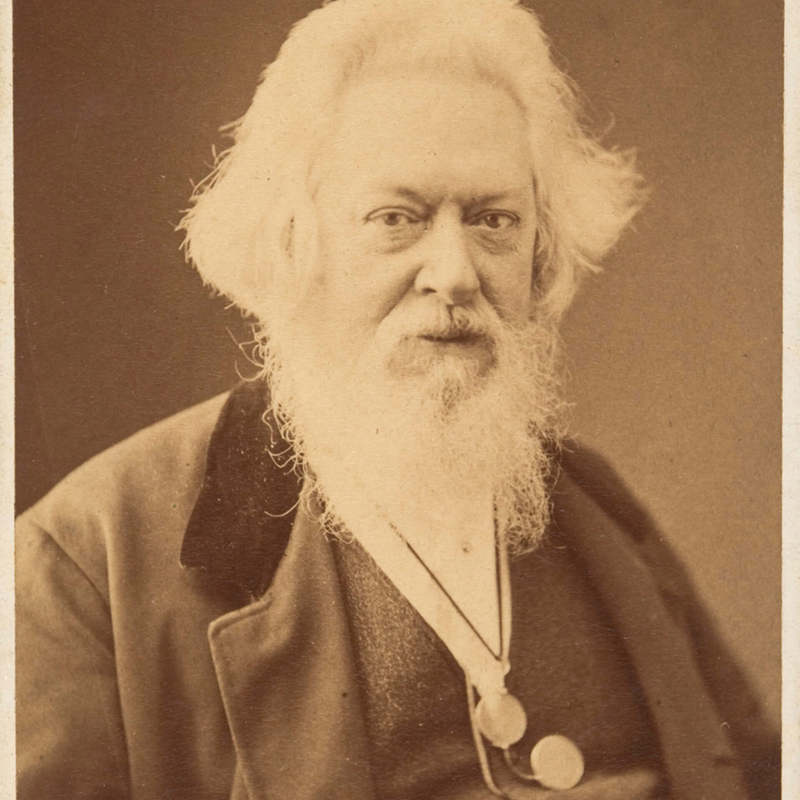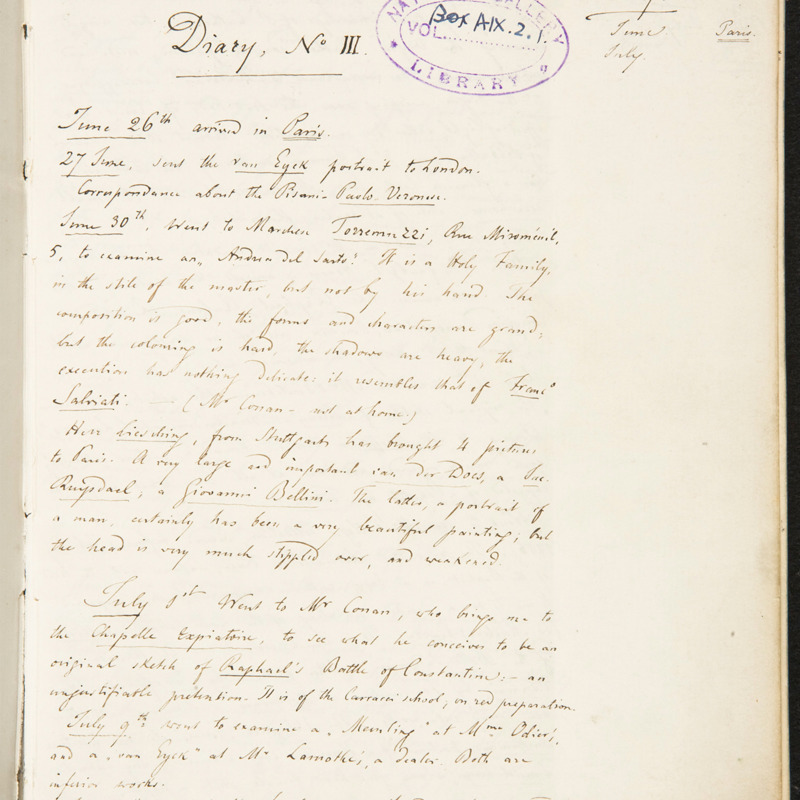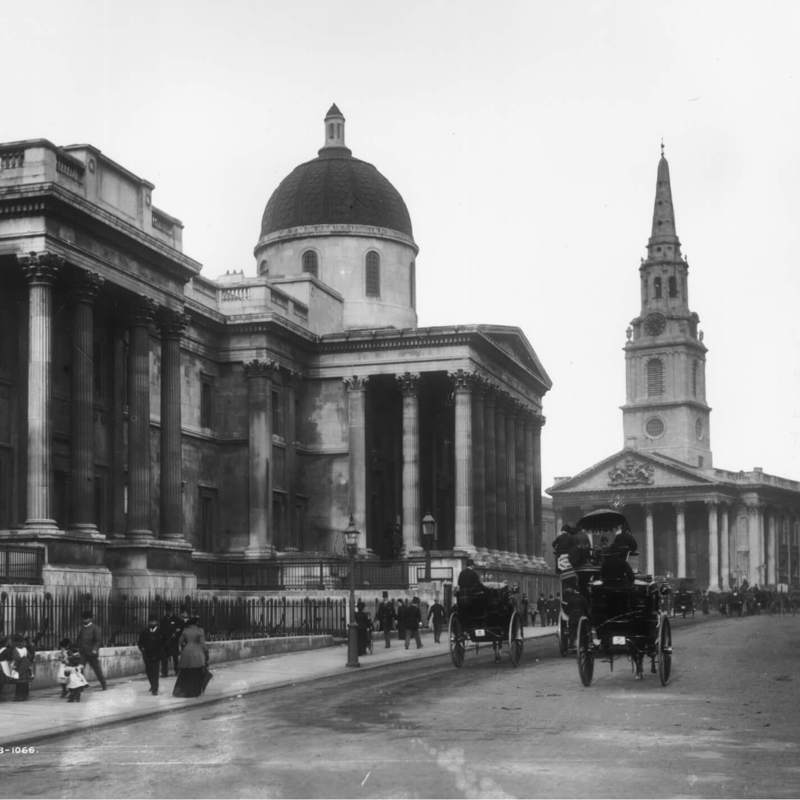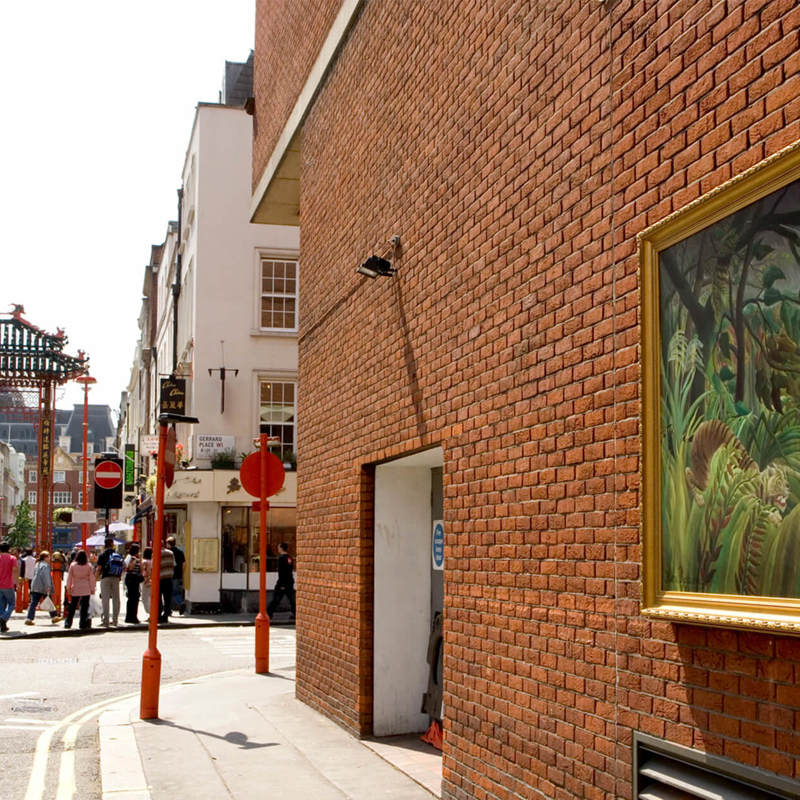A gallery for the people
Who founded the National Gallery
Today, the National Gallery is home to more than 2,400 paintings. But when it first opened in 1824, it had only 38. It was Britain's first nationally owned art collection. But who were the people who helped to create the National Gallery 200 years ago?
From private to public
As governments across continental Europe started to open galleries to the public, the British government was urged to do the same. This had been the idea of certain private citizens who were art lovers and patrons (who also had the time and money to invest in art). One person in particular was landowner, artist and art collector Sir George Beaumont.
In 1823, Beaumont offered to donate 16 paintings from his own collection to help launch Britain’s first national gallery. His offer was accepted and so the Gallery gained paintings by Claude, Rembrandt and Rubens.
Building the collection
Beaumont's offer came with two conditions. The first was that there would be a suitable space to display the paintings for the public to enjoy. The second was that the government would also buy financier Sir John Julius Angerstein’s art collection.
Angerstein’s fortune was partly amassed through the transatlantic slave economy. He was also a trustee of estates in Granada which held several hundred enslaved people. Ongoing research by the National Gallery is exploring Angerstein’s connections to the slave economy.
The Prime Minister at the time, Lord Liverpool, agreed to Beaumont’s offer. Thirty-eight of Angerstein’s paintings were bought for £57,000 – equivalent to almost £8 million today. This shows the huge investment the National Gallery had from the government.
Opening the Gallery
The government needed a suitable space to display this new collection of art. It decided to take over the remaining lease on Angerstein’s former London townhouse at 100 Pall Mall, while looking for a permanent location (spoiler: it moved to the Trafalgar Square building we know today in 1838).
The National Gallery opened at 100 Pall Mall on 10 May 1824. On display were 38 paintings purchased from the Angerstein collection, including ‘The Raising of Lazarus’, which now has the reference number NG1. Two years later, the collection was joined by paintings gifted by Beaumont.
Visitors have always flocked to the National Gallery. Since 2019 alone, there have been visitors from 120 countries and, two hundred years after its opening, the Gallery has now welcomed over 320 million recorded visits. The national collection also continues to be explored digitally by people across the globe – just like you, reading this story online today.


